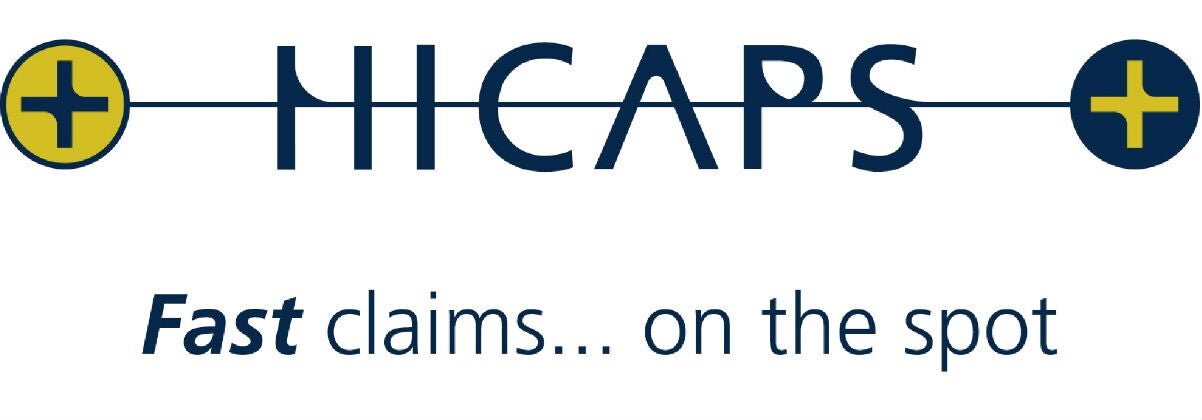Peroneal Tendonitis
What is Peroneal Tendonitis?
Peroneal tendonitis is the common term for a peroneal tendinopathy.
Peroneal tendonitis is a condition which is characterised by structural changes of the peroneal tendon in response to load. Contrary to popular belief, it is not an inflammatory condition. Swelling is common due to irritation of the tendon and surrounding structures, however, it is not a crucial aspect of the condition. This is why health practitioners now refer to peroneal tendonitis as the more accurate term: peroneal tendinopathy.
More info about tendinopathy.
Peroneal tendon injuries are usually due to increased loads and overuse of the peroneal muscles. Over time, the tendon thickens in an attempt to manage the increase in tensile load more effectively. Depending on the stage of the tendinopathy, these structural changes are reversible and often respond well to physiotherapy management.
What are the Peroneal Muscles?
The peroneal muscles are located on the outside of your lower leg. They turn the foot out and provide stability to the ankle during weight-bearing. The peroneal tendons wrap around the lateral malleolus (the bony lump on the outer ankle) and attach at different areas on the foot. Every time the peroneal muscles contract, tension is placed on the tendons.
What Causes Peroneal Tendonitis?
There are a number of different factors which can cause peroneal tendonitis, including
- A sudden increase in weight bearing activities, particularly walking, running or jumping
- Inadequate or unsupportive footwear
- Muscle imbalances of the lower limb
- Poor lower limb biomechanics
- Incomplete rehabilitation following an acute ankle injury, such as an ankle sprain
What are the Symptoms of Peroneal Tendinopathy?
People with peroneal tendinopathy may experience:
- Gradual worsening pain over the outside of the ankle
- Pain during and/or after weight bearing activities
- Pain with turning the foot in and/or out
- Instability around the ankle when weight bearing
How is Peroneal Tendonitis Diagnosed?
Your physiotherapist is an expert in diagnosing peroneal tendinopathies. A variety of tests will be performed to determine the diagnosis and exclude other causes of lateral ankle pain. An ultrasound may also be used to confirm the diagnosis.
Peroneal Tendonitis Treatment
The prognosis for peroneal tendinopathy is variable, depending on the stage of the injury.
In the acute phase, you should start to notice an improvement within a couple of weeks of treatment. Treatment in this stage is aimed at reducing load and allowing the irritated tendon to settle. Once the pain lessens, you will be started on a home exercise programme to normalise range of motion, strengthen the lower limb muscles and improve your balance.
Chronic tendinopathies will take longer to recover. The treatment at this stage is largely based on active rehabilitation to improve the tendon’s ability to respond to load. This will include eccentric strengthening of the peroneal muscles; as well as balance, strength and range of motion exercises of the lower limb.
Peroneal Tendonitis Prevention
There are several things you can do to reduce your risk of developing peroneal tendinopathy.
- Wear correct, supportive footwear for you- this is not necessarily the most expensive or newly released shoe on the market!
- Gradually increase your training load or exercise level
- Maintain a level of activity in the “off-season”-
- Cross training is not only great for maintaining your cardiovascular fitness, it will also ensure your muscles stay strong and reduce your risk of re-injury when your return to your chosen sport!
- Improve your balance and ankle proprioception
Return to Sports with Peroneal Tendinopathy
Recovery for athletes with a peroneal tendinopathy is generally good and most people are able to return to their previous sporting level without any ongoing problems. It is important that you complete your full rehabilitation programme as prescribed by your physiotherapist to prevent further problems and reduce your risk of re-injury.
Call PhysioWorks
Book Online
Helpful Products for Peroneal Tendonitis
Related Injuries
General Information
- Heel Pain
- Ankle Pain
- Foot Pain
Heel Pain
- Heel Spur
Traumatic Ankle Ligament Injuries
- Sprained Ankle
- High Ankle Sprain
Tendinopathies/Fasciopathies
- Achilles Tendon Rupture
- Achilles Tendonitis
- Peroneal Tendonitis
- Tibialis Posterior Tendinopathy
- Plantar Fasciitis
Foot Injuries
- Bunion
- Metatarsalgia
- Morton's Neuroma
Bone Stress Injuries
- Stress Fracture
- Stress Fracture Feet
- Severs Disease
- Heel Spur
- Shin Splints
Degenerative Conditions
- Ankle Arthritis
Soft Tissue Inflammation
- Retrocalcaneal Bursitis
Biomechanical Conditions
- Anterior Ankle Impingement
- Posterior Ankle Impingement
- Pes Planus (Flat Feet)
Nerve-Related Sources
- Tarsal Tunnel Syndrome
- Sciatica
- Pinched Nerve
- Restless Leg Syndrome
Muscle Injuries
- Cramps
- Muscle Strain
Systemic Conditions
- Fibromyalgia
- Lupus
- Rheumatoid Arthritis
- Psoriatic Arthritis
General Information
- Heel Pain
- Ankle Pain
- Foot Pain




